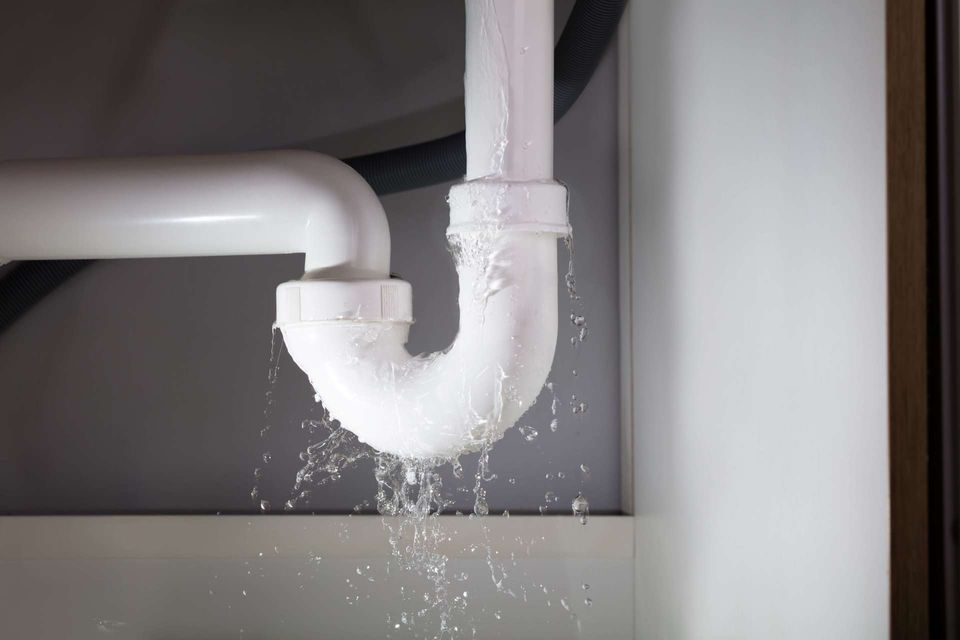Have you been trying to find advice concerning Finding hidden leaks?

Early detection of leaking water lines can reduce a prospective catastrophe. Apart from conserving you cash, it will lessen the aggravation as well as irritation. The moment you discover a leak, calling your plumber for repairs is the best service. However, some tiny water leaks may not be visible. Right here are some hacks that assist if you can not discover it with your nude eyes.
1. Examine the Water Meter
Every house has a water meter. Inspecting it is a proven manner in which assists you find leakages. For beginners, turn off all the water sources. Guarantee nobody will certainly purge, make use of the tap, shower, run the washing equipment or dishwashing machine. From there, go to the meter and watch if it will certainly transform. Since nobody is using it, there must be no activities. If it relocates, that suggests a fast-moving leakage. If you spot no modifications, wait a hr or 2 and also inspect back once again. This means you may have a slow-moving leakage that can also be below ground.
2. Examine Water Intake
If you find abrupt modifications, in spite of your consumption being the very same, it suggests that you have leakages in your plumbing system. An unexpected spike in your costs shows a fast-moving leak.
A stable increase every month, even with the very same routines, shows you have a sluggish leak that's also slowly rising. Call a plumber to extensively inspect your home, specifically if you feel a cozy area on your floor with piping beneath.
3. Do a Food Coloring Examination
When it comes to water intake, 30% comes from bathrooms. If the shade somehow infiltrates your bowl during that time without flushing, there's a leak between the container and bowl.
4. Asses Exterior Lines
Do not forget to inspect your exterior water lines also. Must water leak out of the link, you have a loose rubber gasket. One little leakage can waste loads of water and spike your water expense.
5. Assess the scenario and also inspect
Property owners ought to make it a practice to check under the sink counters and even inside closets for any kind of bad odor or mold and mildew growth. These 2 warnings indicate a leakage so punctual focus is needed. Doing routine evaluations, also bi-annually, can conserve you from a major issue.
Much more notably, if you recognize your home is already old, maintain a watchful eye on your heaters, hoses, pipes etc. Look for discolorations as well as deteriorating as many devices and pipelines have a life span. They will likewise naturally weaken due to tear as well as use. If you presume leaking water lines in your plumbing system, don't await it to intensify. Call a specialist plumber right now so you do not wind up with a horrible mess in your home.
Early detection of leaking water lines can mitigate a potential disaster. Some little water leaks might not be noticeable. Inspecting it is a proven method that aids you find leaks. One tiny leakage can throw away heaps of water and spike your water costs.
If you suspect dripping water lines in your plumbing system, don't wait for it to intensify.
WARNING SIGNS OF WATER LEAKAGE BEHIND THE WALL
PERSISTENT MUSTY ODORS
As water slowly drips from a leaky pipe inside the wall, flooring and sheetrock stay damp and develop an odor similar to wet cardboard. It generates a musty smell that can help you find hidden leaks.
MOLD IN UNUSUAL AREAS
Mold usually grows in wet areas like kitchens, baths and laundry rooms. If you spot the stuff on walls or baseboards in other rooms of the house, it’s a good indicator of undetected water leaks.
STAINS THAT GROW
When mold thrives around a leaky pipe, it sometimes takes hold on the inside surface of the affected wall. A growing stain on otherwise clean sheetrock is often your sign of a hidden plumbing problem.
PEELING OR BUBBLING WALLPAPER / PAINT
This clue is easy to miss in rooms that don’t get much use. When you see wallpaper separating along seams or paint bubbling or flaking off the wall, blame sheetrock that stays wet because of an undetected leak.
BUCKLED CEILINGS AND STAINED FLOORS
If ceilings or floors in bathrooms, kitchens or laundry areas develop structural problems, don’t rule out constant damp inside the walls. Wet sheetrock can affect adjacent framing, flooring and ceilings.
https://www.servicemasterbyzaba.com/blog/how-to-detect-water-leakage-in-walls/

I ran across that blog post on Leaking water lines while scouting around the web. Do you know about someone else who is looking into the niche? Do not hesitate to share it. Thanks so much for your time spent reading it.
Set An Appointment